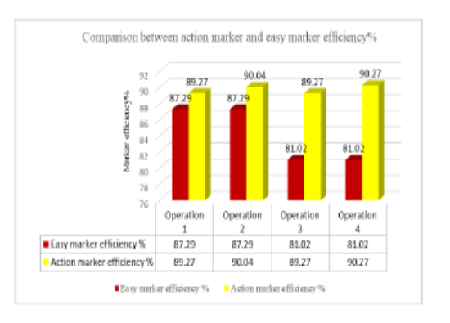


Indian Journal of Science and Technology
DOI: 10.17485/IJST/v15i44.1544
Year: 2022, Volume: 15, Issue: 44, Pages: 2413-2421
Original Article
Md. Yousuf Ali1*
1Bangladesh University of Business and Technology (BUBT), Rupnagar, Mirpur, 1216, Dhaka, Bangladesh
*Corresponding Author
Email: [email protected]
Received Date:25 July 2022, Accepted Date:22 September 2022, Published Date:01 December 2022
Objectives: The purpose of this study is to reduce fabric consumption by improving marker efficiency. The improvements of the existing markers lead to reduce fabric wastage during the cutting process. Methods: The Gerber CAD/CAM software version AccuMark 8.5.1 is used in the present study was made pattern and marker. A noble approach is used to conduct this experiment through Gerber CAD/CAM software. Easy marker produced at the initial stage then it replaces by the actual market by considering the allowance of developed specimen. Wastes have decreased and overall efficiency has increase up to 9.25%. Findings: The marker efficiency considerably varies in accordance to the aggregate of pattern size, size ratio and adjustment of pattern size with garments size tolerance. The enhancements in the marker efficiency decrease the fabric consumption per garment and amplify aid effectively while preventing waste generation. A saving of up to 9.25% material that saves millions of lots per year has an enormous impact on reducing aid depletion and environmental pollution. Novelty: A novel method is used to increase the marker efficiency and the style no S22BL202, Polo-TsT101, S22-W20201, S22-W20201 have used to conduct our research. As based of our knowledge, this noble approach with above style is not reported yet. So, this study will contribute to increase the increase marker efficiency followed by the save fabric and money. Keywords: Garments cutting wastage; bulk production; pattern size; marker making and garments size tolerance
© 2022 Ali. This is an open-access article distributed under the terms of the Creative Commons Attribution License, which permits unrestricted use, distribution, and reproduction in any medium, provided the original author and source are credited. Published By Indian Society for Education and Environment (iSee)
Subscribe now for latest articles and news.